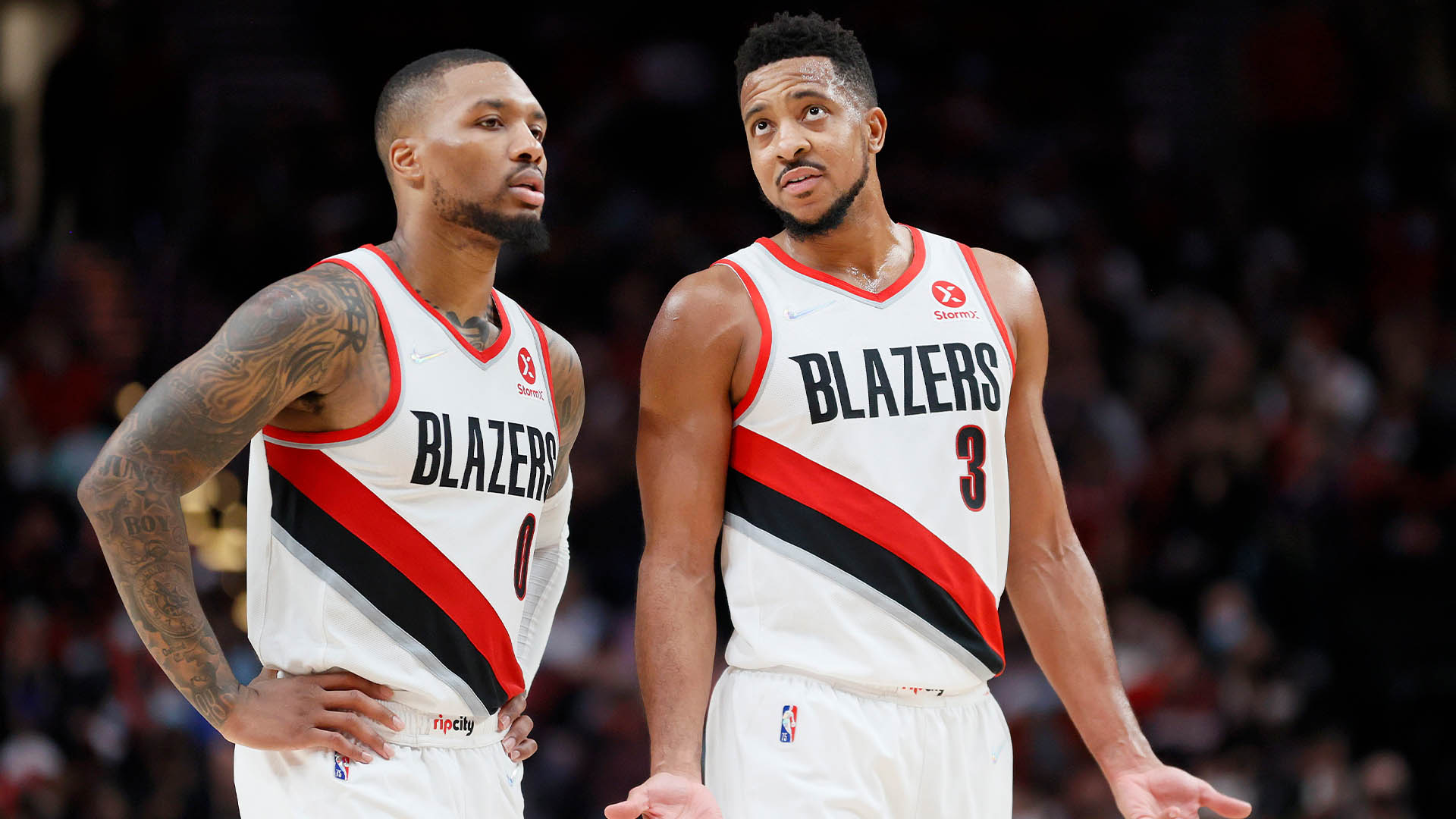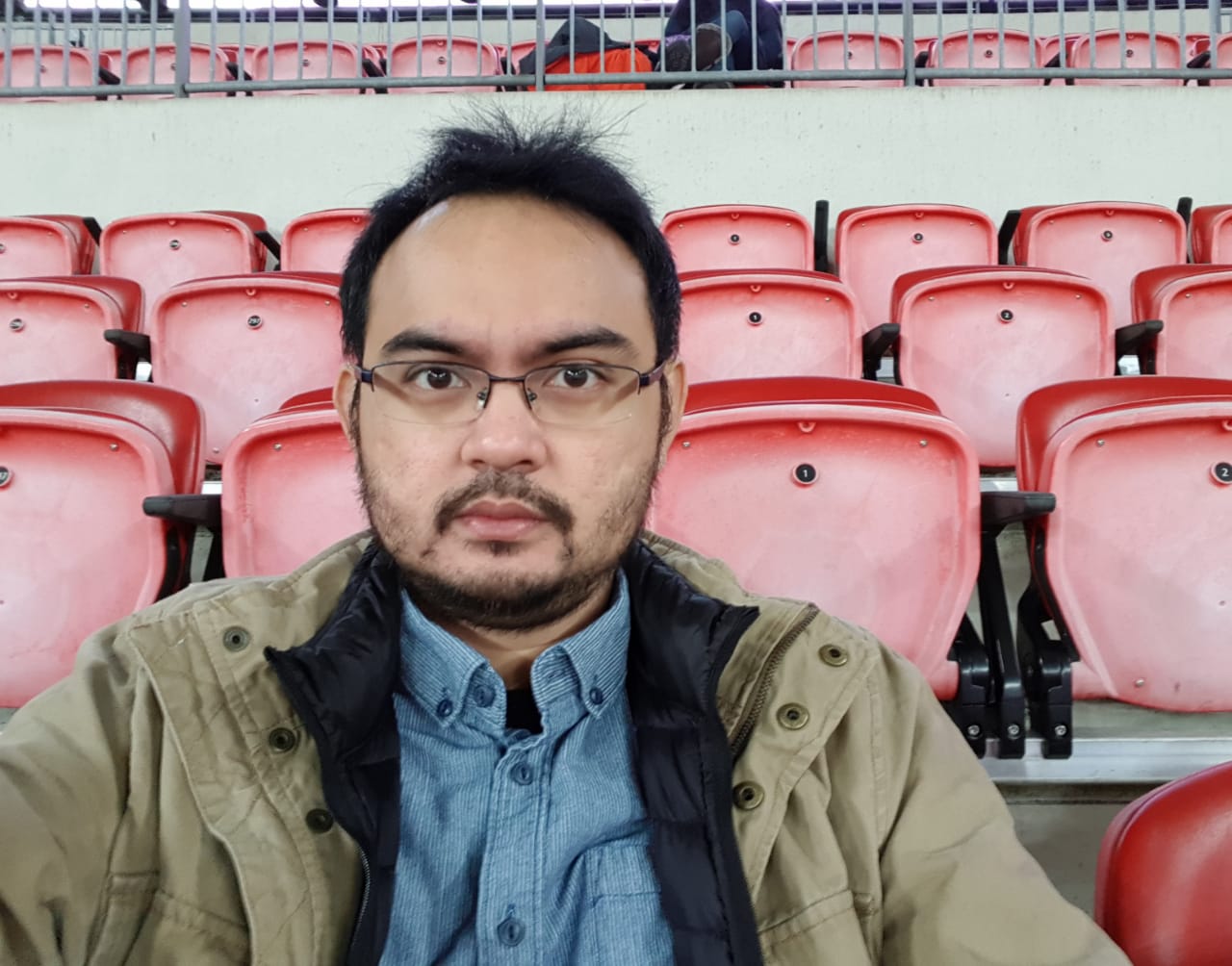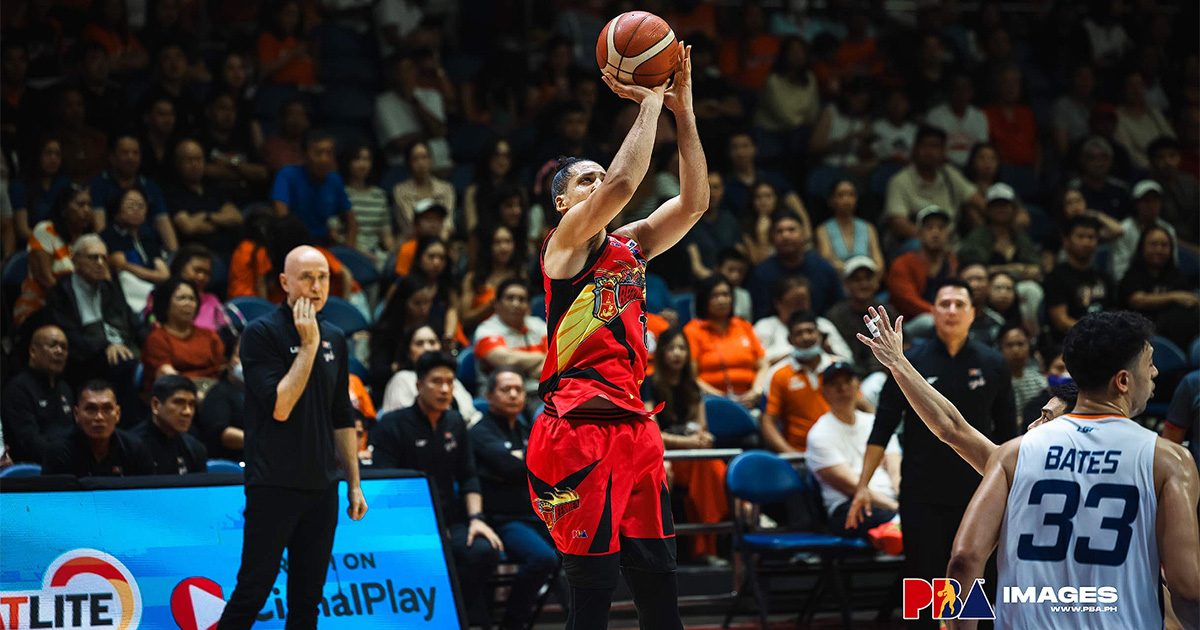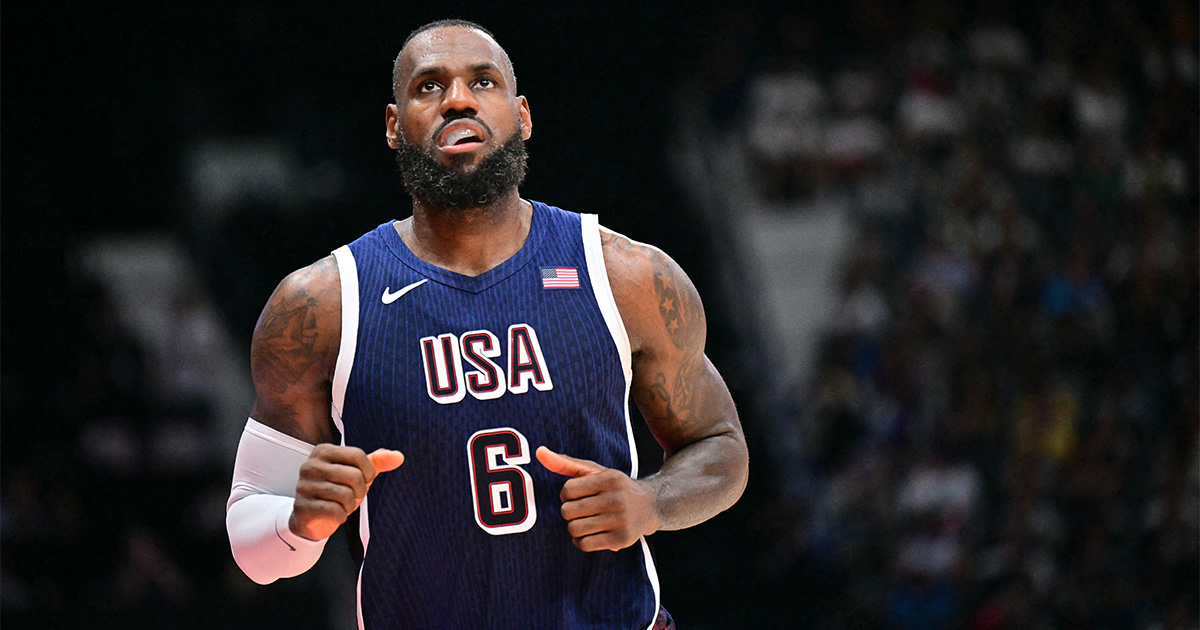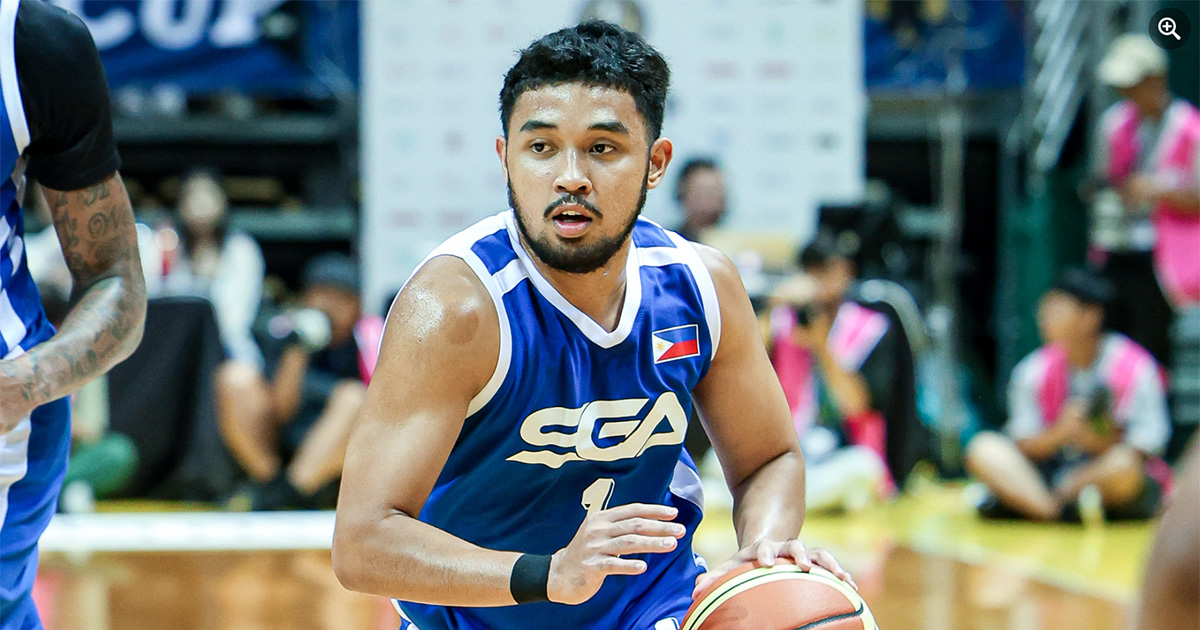With the firing of Blazers GM Neil Olshey late last week, three key figures who oversaw Portland’s run of eight straight playoff appearances—the longest active streak in the NBA—are now gone. Chris McGowan resigned as president/CEO last month and head coach Terry Stotts was fired after the Blazers’ first round loss to the Nuggets in June.
The Blazer fired Olshey after an investigation into the team’s toxic workplace culture, but his offseason miscalculations might as well have played a big role. He was convinced that the Blazers’ defensive struggles last season “was not a product of the roster.” Instead of making significant changes to a team that couldn’t make it past the first round for consecutive seasons, he used Stotts as a scapegoat and replaced him with neophyte Chauncey Billups for his supposed defensive acumen. The results haven’t been pretty: the Blazers are currently dead last in defensive rating and 29th in opponent FG%.
Now even Billups insinuates that it’s a roster issue. After a 31-point loss to San Antonio, Billups openly questioned his team’s effort, “My biggest concern at the moment is I want us to compete harder. I want us to be more competitive in every game. And I don’t feel like every night we do that. And that concerns me.” The following game, they lost by 28 to the Celtics and he ripped into his team’s testicular fortitude, “Lack of pride, of course that bothers me. If that doesn’t bother you, there’s something going on. Sometimes it’s not your night, cool, it happens. There’s a way I’m willing to lose, and that’s not the way I’m willing to lose. It was embarrassing.”
Damian Lillard and CJ McCollum, whom Olshey both drafted outside of the top 5 in back-to-back drafts (6th in 2012 and 10th in 2013, respectively), are now the longest tenured Blazers, front office or roster—even longer than owner Jody Allen, who inherited the franchise from her late brother and Microsoft co-founder Paul Allen. With all these developments and an 11-15 record, having lost four straight games by double-digits and now half a game behind Sacramento for the last play-in spot, it feels that big decisions affecting the longest-tenured backcourt in the NBA have to be made, one way or another.
Lillard and McCollum are both underperforming this season. Dame is averaging 21.5 points (lowest since his third year) on career-worsts .397/.302 (FG%/3P%) shooting split. McCollum had a good start averaging 23.8 points on .450/.442 split though the first 9 games, but his production and shooting has nosedived since; he’s only averaging 18.7 points shooting .406/.355 over the last 15 games. Injuries may have been a factor, with Lillard out since last week due to an abdominal strain and McCollum sidelined indefinitely after being diagnosed with a collapsed right lung. Regardless, it does seem that the partnership has plateaued, if not outright gone stale.
The basic idea behind the Lillard-McCollum backcourt was to mimic the Splash Brothers’ success. The blueprint is simple enough: have two lights out shooters and a defensive anchor. (The Hawks are trying to do it too with Trae Young and Kevin “Red Klay” Huerter, anchored by John Collins/Clint Capela on D, but Huerter hasn’t quite taken the leap after his impressive performance in the East semis against Philly.) One of Olshey’s shrewdest moves was landing Jusuf Nurkic to serve as the defensive anchor, but he seems to have overlooked an underrated part of the Warriors’ championship formula: Klay Thompson wasn’t just a great shooter, he was a 6’6” all-league defender too. Both Lillard and McCollum are no taller than 6’3” and both are generously league-average on defense.
As it stands now, there appears to be three options for Portland: (1) stay the course and chalk up their struggles to injuries, (2) retool by trading McCollum for someone like Ben Simmons, or (3) trade both and commit to a rebuild.
Option A: Stay the course
The first option is the most conservative and least palatable. The Blazers are 88-84 in the regular season since the start of 2019-20 and have not made it out of the first round since their surprise run to the WCF in 2019, which ended in a sweep at the hands of the Warriors. In other words, we shouldn’t mistake the Blazers for the Bucks—who owned the best record in the NBA from 2018-2020 but suffered disappointing playoff exits—and think that them “staying the course” will miraculously yield a championship.
Lillard and McCollum make a combined $70 million, which is roughly half of the luxury tax threshold. This makes it extremely difficult to attract a third star and have a balanced roster (just ask the Lakers). The Blazers do have 8 players off the books next offseason and could make a run for one of the would-be max guys like Zach LaVine or DeAndre Ayton or the not-quite-max-but-still-expensive tier of Miles Bridges or T.J. Warren. But considering that the franchise have not had any marquee free agency signings since the 1990s, how realistic is this scenario? For a city that’s a stone’s throw from the Nike headquarters, Portland isn’t really a top free agent destination.

Option B: Trade McCollum
If the Blazers decide to trade one-half of their backcourt, it is almost certain that McCollum will be the one to go. At 30 years old, he is only a year younger than Lillard and his ceiling is significantly lower.
The obvious play here is Ben Simmons. There were reports that the Blazers offered McCollum for Simmons in the offseason and recent reports have given us more clarity. Per Shams Charania and Sam Amick of The Athletic, Olshey offered to send McCollum, a first-round draft pick and a young player such as Nassir Little or Anfernee Simons to Philadelphia. But the Sixers reportedly wanted McCollum, three first-round picks and three first-round pick swaps in return, which ultimately killed the deal.
Both Charania and ESPN’s Adrian Wojnarowski report that Lillard’s team wanted to the Blazers to pull the trigger on a Simmons deal, believing Simmons’s combination of defense and playmaking will be a better fit alongside Lillard. Simmons could be a souped up version of Draymond Green, and in tandem with Nurkic, they could realize whatever defensive vision Billups has.
But there are a number of problems in making that deal. First is the most obvious: who replaces McCollum’s perimeter scoring? He’s had a down season but he’s still putting up 20.6 points per game. He’s a career 39.7% three-point shooter and has been a solid performer in the playoffs. Simmons may be capable of being a 20-point scorer, but he’s the last person you’d want taking McCollum’s 8 three-point attempts each game. Let’s not forget, the Blazers are actually a good offensive team. They’ve been a top 3 offensive team in the last three years and were ranked in the top 5 just before McCollum missed games (they’re currently 14th).
The Blazers could fill the McCollum void by going big game hunting next offseason, when James Harden and Bradley Beal, along with LaVine, hit free agency. (Trading for a third star would not be an option because they’d have depleted their draft chest to acquire Simmons.) But apart from Portland’s historical inability to attract top free agents, how likely is it that any one of those guys actually leave their teams? The Nets and Bulls sit atop the East and play in bigger markets, while Beal has given every indication that he wants to stay in Washington. Not to mention that their current teams can all offer an extra year of max money on top of Portland’s best offer.
The next issue is whether Simmons’s addition would significantly raise the Blazers’ ceiling to make it worth sending away all those picks. I’m not sure it does and it’s probably the reason why Olshey didn’t want to make the deal. (Olshey’s valuation of Simmons is right around what I thought Ben’s trade value is). Simmons is a unique player but can he be the second-best player on a championship team? Not based on what we saw last postseason.
Their ceiling would have to be judged relative to the field—if you’re giving up your draft chest, it’s championship or bust. Would a Lillard-Simmons tandem elevate the Blazers to the same level as the two Western Conference juggernauts, the Warriors and Suns? Not immediately. They’d either have to get a third star or fill out their roster with high quality role players (like the Jazz).
All these lead to perhaps the most important question: will Lillard get back to All-NBA form? A championship ceiling presupposes that Lillard is one of the 10 best players in the world. If he’s not, then it wouldn’t matter if they trade for Simmons or stick with McCollum.
His abdominal strain is a convenient excuse to allay concerns about his form, but Lillard himself downplayed it, maintaining that he has played the last three seasons with that type of discomfort. ESPN’s Kevin Pelton took a look at Lillard’s history and noted that he’s had two prolonged slumps before, in 2015 and 2016. He bounced back on both occasions, so no need to worry, right? Except that those two occasions stretched to no more than 8 games—and Lillard has already played 20 games this season.
Option C: Trade both
If the Blazers aren’t confident that Lillard can still turn the clock to Dame Time, then they might as well cash in while the sample size is small and other teams can convince themselves that Lillard’s slump is an aberration and not a trend. He was still brilliant in the last postseason against the Nuggets (34.3 points, 10.2 assists, and 4.5 rebounds) and was named to the NBA’s 75th anniversary team. He’d still fetch an Anthony Davis/Paul George-type haul should the Blazers decide to move him.
The Sixers and Knicks would be the most obvious suitors, but I’m not sure why the Blazers would want the two-trick pony Simmons in case they go full rebuild. Lillard reportedly has the Knicks as his preferred trade destination in case he is moved, and the Knicks have a combination of young talent on cap-friendly rookie deals and draft picks to satisfy the Blazers’ ransom. Either way, it will be a bidding war if and when Lillard becomes available.
Should Portland decide to move Lillard, then it makes zero sense to keep McCollum—and Nurkic, Norman Powell, Robert Covington, and Larry Nance Jr. for that matter. They should be able to get decent return for these vets and enable them to compete with OKC and Houston in the draft arms race. Notably, both the Thunder and Rockets were previously in a similar position as the Blazers and both chose Option C. In 2019, OKC traded away both Russell Westbrook and Paul George; a year later, the Rockets dealt Westbrook and James Harden.
This is the riskiest option because there are no guarantees that a rebuild would work. The Pelicans are in no better position now than two years ago when they traded AD. The Kings have been rebuilding since 2006. It requires exceptional talent evaluation and development, plus a copious amount of luck. The good news for Portland is that they’ve enjoyed good lottery luck before. They drafted Lillard and McCollum on consecutive years, and landed LaMarcus Aldridge and Brandon Roy (both via pick swaps) in the same year and had the number 1 pick the following year (which they unfortunately used on Greg Oden).
We still don’t know how Portland’s new-look front office will navigate the team’s future, but how they handle Lillard’s reported desire to ink a two-year, $107 million extension in July should hint which way management is leaning. The extension would pay Lillard $55 million at age-36, and a decision to commit that amount of money to a franchise legend suggests that the team still believes that they can continue to build a competitive team around him. The alternative, of course, speaks for itself. In a way, the demand is a brilliant move on the part of Lillard. It publicly signals his loyalty to the only franchise he has played for, but the cynic in me can’t help but think that getting a ‘no’ from the team would lay the foundation for a future trade request.

